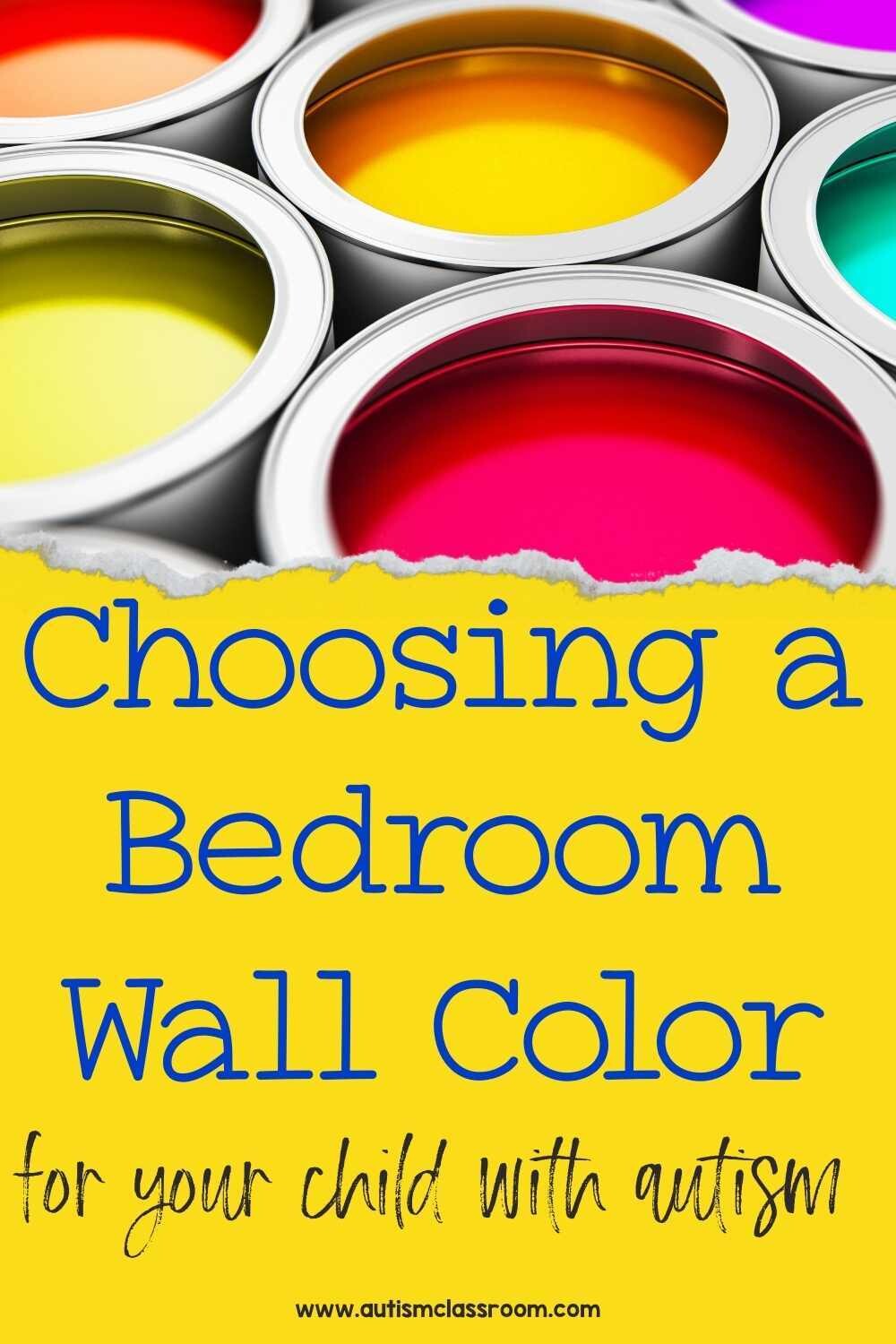When thinking about color, it is good to consider various options. Some considerations are below:
Red
- has been proven to increase heart rate, respiration, and even aggression
- can also increase appetite
- painting the whole room with such a shocking shade can be overwhelming
- some individuals with autism avoid the color red, it it too intense
- in bedrooms, red can be too stimulating
Orange
- an energetic, warm color
- choice for rooms that need to be playful but sophisticated
- gender neutral
Yellow
- can actually strain the eyes
- people tend to lose their tempers more in yellow rooms, and babies exposed to lots of yellow cry more
- can increase concentration and boost energy
- pairing it with cooler, more restful colors (like blue, green, or purple) can minimize negative effects and still let you enjoy its warmth
Green
- cool, restful, and easy on the eyes
- May help people relax
- works well with most colors
- be cautious of brighter hues such as lime green
Blue
- a very calming, restful color
- very cool
- increases productivity
- increases feelings of trust and loyalty
- dampens the appetite
- the wrong shade (too dark) can also contribute to feelings of sadness
Purple
- promotes rest and productivity
- a purple room will feel warmer than a blue room will at the same temperature
- a favorite choice of creative people
Pink
- exposure to pink initially promotes a calming effect
- but can eventually increase feelings of stress and anger, according to prison studies
- say pink makes some people feel happy
Brown
- brown rooms can have a sedating effect or an energizing one, depending on the accent colors
- dark shades can make a room look more intimate and cozy, while soft beige will "open up" a small space
- popular combinations now are chocolate brown with pink, soft turquoise, or mint green
- use it in the bedroom to create a cozy, restful space.
White
- makes a room feel refreshing and pristine
- white ceilings give the illusion of height
- too much white, however, can make a room look boring, or worse, cold and sterile
- Offset this effect by choosing off-white instead of a true, blinding white, and add some color
Black
- black rooms tend to appear oppressive
- Spending time in an all-black interior creates feelings of fear, desperation, and agitation
- difficult to paint over
- best used as an accent color
- good choice for furniture, accessories, and stenciling
Gray
- neutral color
- deep shades like charcoal can have the same oppressive effects as black
- lighter shades are more forgiving.
Other
- if you can, try to keep the environment orderly, calm, and monochromatic
- be wary of high contrast color options and patterns
- some individuals with autism may see colors with greater intensity than those without autism
The Color Wheel:
Example 2
Related Content for Home Design, Home Instruction or Home Skills, or Home Strategies on this site:
Let's stay in touch.
I've got a few more ideas and strategies for you.
Sign up for techniques and tips below!



